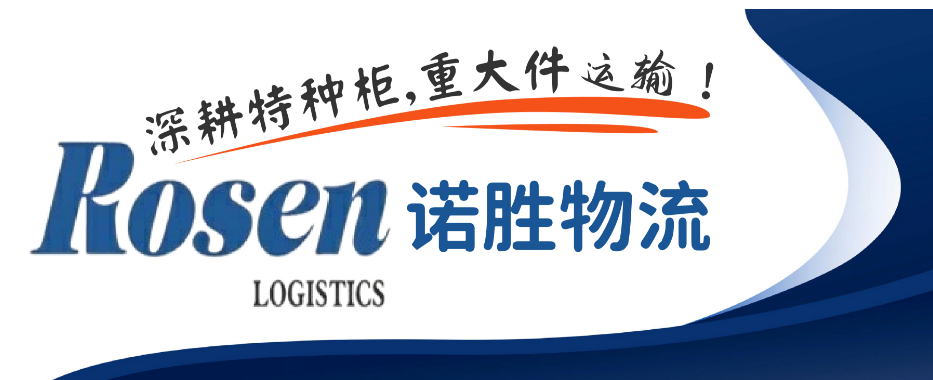
今年截至 9 月,美国从亚洲通过西海岸港口的进口下降了1.69%,进口量下降有助于减少洛杉矶-长滩的交通拥堵。
据了解,随着船舶积压的清理和内陆瓶颈的解决,纽约-新泽西州的货运流量应该会在两到三周内恢复正常。同时南大西洋港口和休斯顿正在努力处理从西海岸转移的货物,因此清理这些地点的船只积压和码头拥堵可能需要几个月的时间。

美国最大的两个集装箱门户洛杉矶-长滩和纽约-新泽西正在迅速恢复到大流行前的效率水平,南大西洋和墨西哥湾沿岸的港口还需要一些时间才能实现更多的正常货运流程。
从 2020 年年中 COVID-19 复苏开始,货运量激增 20% 以上,迫使港口制定新的行动手册,以应对由此导致的前所未有的港口和内陆供应链拥堵。一些港口会采取收费的措施,如收取在免费存储时间到期后停留在码头的集装箱的费用等。但是港口和码头运营商更愿意通过激励措施而不是惩罚威胁来提高其设施的效率。

APMT码头是2M联盟的码头。APMT是一家由NYK Group 和 Macquarie Infrastructure Partners共同拥有的公司,经营着世界上最全面的港口网络之一。该过程需要海运承运人协调努力,将指定用于剥离堆的集装箱存放在其船上的一个位置,码头承诺为剥离堆分配适当的劳动力和设备,并由卡车司机同意指定足够的司机到操作。

APMT 美洲地区董事总经理 Leo Huisman 表示,过去两年处理拥挤码头和船舶积压的主要经验教训是,港口可能不得不对长住集装箱收取费用,维护近码头和离码头临时存放集装箱的地点,并建立剥离桩和卸货计划,以减少拥堵爆发时在海运码头的停留时间。